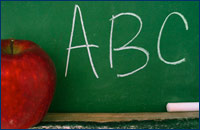What’s New in the Classroom: Fastcase
What’s new in the legal research classroom? As was mentioned in previous posts, there is a new database, Fastcase, available to all Wisconsin bar members. In the Advanced Legal Research classrooms this past semester students were introduced to Fastcase. Now that it is available to all members of the Wisconsin bar, we plan to expand training on this cost-effective legal research tool. The Fastcase database has already been reviewed by Leslie Behroozi and Elana Olson in a joint post. I’d like to focus my comments on the Interactive Timeline feature of Fastcase. This new feature will prove useful for spotting trends in the law, not only to practicing lawyers, but also to academics, including those interested in writing papers for publication.

